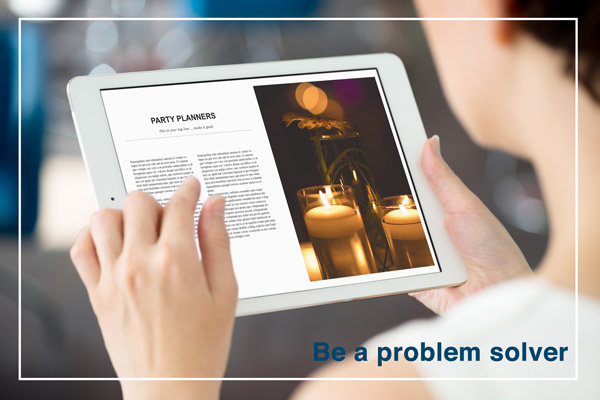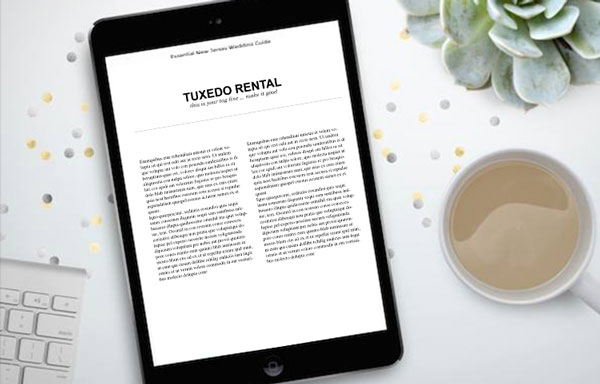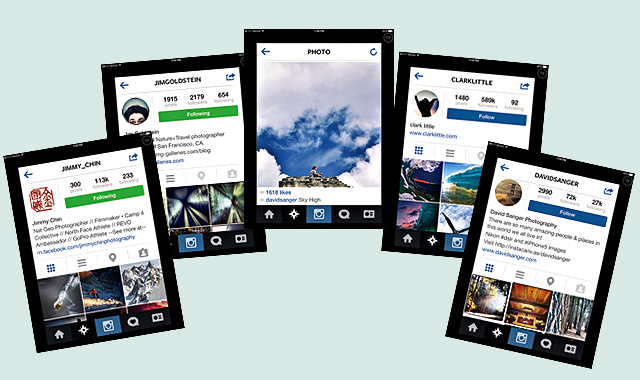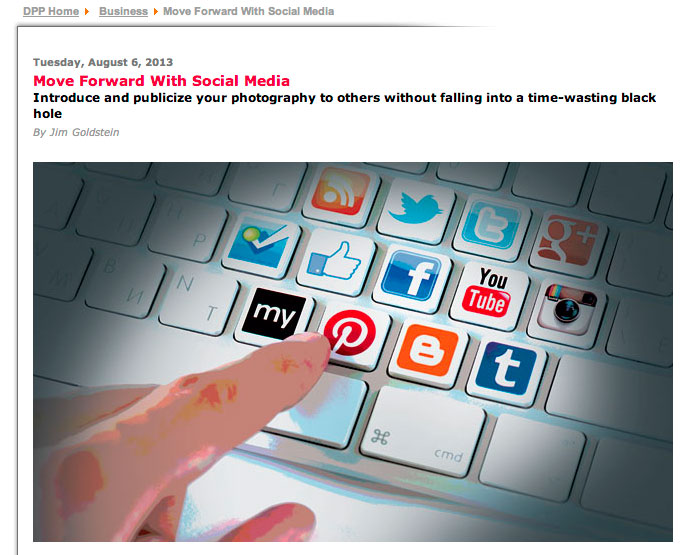The Sony a7 III is arguably the hottest and most popular full-frame DSLR on the market right now. It packs much of the power of Sony’s other full-frame powerhouses, the a9 and a7R III, into a camera that’s significantly more affordable.
If you’ve added the Sony a7III (or the a7R III) to your camera kit recently, here are 10 accessories you might want to buy as well to help you capture better photos and/or videos.
Side note: This article excludes specific lenses, flashes, and camera bags as recommended accessories since they’re hot topics in their own rights, but make sure you get some of those as well.

1. Screen Protector
Both the Sony a7R III and a7 III are certainly very solidly built. You probably won’t need to buy additional protective accessories to shoot in most conditions (unless, of course, you plan on shooting in extreme conditions).
However, it’s a good idea to invest in a screen protector for the rear LCD screen. They’re cheap, relatively easy to apply, and they let you use Sony’s limited touchscreen functions. Just make sure to buy a screen protector that fits your camera model.
2. SD cards
Make sure you invest in at least a couple of SD memory cards to store your images in-camera. If you have multiple memory cards, a memory card wallet or holder is also great to keep them organized.
Size-wise, bigger is better given the larger file sizes of these cameras, so consider getting 32GB or 64GB cards. If you plan to shoot 4K video or take advantage of your camera’s blazing fast frames per second shooting, make sure you choose memory cards with a high write speed, such as this SanDisk 64GB USH-II SD card.

3. Camera strap
Both the Sony a7 III and a7R III come with dedicated Sony camera straps. They get the job done but can be difficult to remove in a situation where you don’t want a camera strap in your way (ie. shooting on a tripod). Thus, many photographers opt to purchase third-party camera straps.
The Peak Design Slide camera strap is especially popular right now since they have the ability to easily connect and disconnect from your camera as needed. Also worth checking out are Black Rapid camera straps, especially if you have two camera bodies and need a Double Camera Harness.
Photographers looking for a more fashionable alternative may also be drawn to the HoldFast Money Maker camera strap, which is handmade from genuine or vegan leather.
4. Lens filters
Both the Sony a7 III and a7R III require detachable camera lenses that you have to buy separately. This article won’t discuss specific lenses, but no matter which ones you end up with, you should definitely have a UV filter for each of your lenses.
Not only do UV filters minimize atmospheric haze, but they also protect the surface of the lens from scratches, dust, and most other external damage.
Other handy photography filters include a polarizer and neutral density filter. These are especially applicable if you plan to shoot outdoors.

5. External hard drive
Today’s cameras are packed with more megapixels and high-resolution video recording capabilities than ever before. While this can be a great thing for creatives, it can be a bane on your digital media storage. This is especially true if you have the Sony a7R III, which is capable of producing massive 42-megapixel images.
To avoid filling up your computer, you’ll want at least one external hard drive, or ideally three total to make backups of your images after shooting. When selecting an external hard drive, consider getting a “tough” or version such as the LaCie Rugged Portable Hard Drive that will give you some extra protection, since hard drives can be notoriously easy to damage.

6. Spare batteries and a battery charger
It’s somewhat arguable if these two accessories are needed. In case you haven’t heard, Sony drastically improved the battery life in the new Z-batteries that ship with the Sony a9, a7R III, and a7 III.
In my experience with the A7rIII, these new batteries last as long as the ones that power the Canon 5D Mark III. I find that I rarely bust through a whole battery in a full day of shooting still photography. However, it’s always wise to carry a spare battery or two, just in case.
As for the battery charger, you will probably need to buy one if you have the a7 III since that camera is reportedly not shipping with a battery charger in the box. Or, you can simply juice up your camera using the next recommended accessory.
7. External battery charger
One of the most refreshing parts about switching from a DSLR to a Sony mirrorless camera is the fact that you can charge your camera without removing the battery. Simply plug your camera into a wall outlet or external battery via the USB-C port to start charging.
Best of all, you can operate your camera while it’s being charged! As far as external battery packs go, Anker makes stellar options such as this one that is slim and capable of charging not only your camera but also your cell phone.
8. Tripod
Most photography articles include a tripod as a definite “must-have” in your camera kit, but I think this is a very arguable accessory, especially as camera technology improves. If you plan to shoot architecture, real estate, products, or in low-light scenarios, you definitely need a sturdy tripod such as this beastly Manfrotto tripod that is huge, but rock solid.
However, if you’re more of a run and gun shooter or looking for a more minimalist camera setup, you can get away with something like the Manfrotto BeFree travel tripod series, or even a GorillaPod.
In particular, I’ve found the GorillaPod to be ultra convenient. It’s compact and flexible enough to throw into your bag and have it as an option to quickly stabilize your camera as needed (if at all). If you do get a GorillaPod, be sure to get the 3K or 5K option, as any smaller models are often not strong enough to support Sony a7 cameras, or DSLRs in general.

9. Timelapse trigger
If you’ve owned a previous model of Sony camera such as the a7R II or an a6000, you probably used the built-in Sony apps. These unlock a host of extra features such as built-in time-lapse.
Unfortunately, Sony removed those apps from both the a7R III and a7 III cameras. That means you can’t easily do built-in time-lapses anymore. Fortunately, there are other options such as the MIOPS Smart Trigger.
In Conclusion
There you have it, nine recommended accessories (besides lenses, flashes, and bags) that you should get for your Sony a7 III or a7R III camera. Would you add any accessories to this list? Please let us know in the comments below.
The post 9 Recommended Accessories for Your New Sony a7R III or a7 III Camera appeared first on Digital Photography School.

























You must be logged in to post a comment.